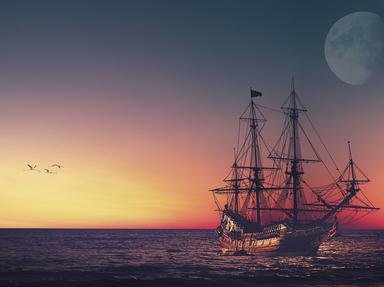Quiz Answer Key and Fun Facts
1. This Irishman had been a fur trader in Siberia, and had been sent by Scott to Siberia to buy the sledge dogs, and was responsible for all the dogs used by the expedition. He often failed to see eye to eye with Scott.
2. This young man with the aristocratic name, a recent Oxford graduate, with no particular qualifications for the Antarctic, paid £1000 of his own money as a contribution to the expedition. He was taken on with the title of Zoologist, assistant to Dr Wilson. He later wrote a best-selling book about the expedition, entitled "The Worst Journey In The World".
3. This Irishman, a veteran of Antarctic exploration, had been on Scott's earlier expedition, and was to perform heroically with Shackleton's expedition in 1914. Returning as part of the final support group, he saved the lives of two companions when he set out to walk 35 miles in the snow with no food but a few biscuits and a little stick of chocolate.
4. This Welsh Petty Officer, one of the five men who reached the Pole, died on the return journey after a fall on the Beardmore Glacier. According to Scott he was "a man of Herculean strength".
5. This army captain, on his birthday, March 17th, walked out of the tent into the blizzard, so as not to be a burden any longer to his companions.
6. This is the young dog-driver who had been signed up at the time the dogs were bought in Russia.
7. One of the last three men to be sent back from the polar plateau, this officer collapsed with scurvy and snow blindness but was saved by the heroism of his companions. He was later to achieve high rank in the Royal Navy.
8. This Naval Petty Officer from Hampshire was another veteran of the 1901 Antarctic expedition, and was awarded the Albert Medal for helping to save Lt Evans when he was suffering from scurvy and snow-blindness on their return from the Polar Plateau. He kept a diary which was eventually published as the book "Under Scott's Command".
9. Known as "Birdie", this hardy man had been a naval officer in India, and was "Commissariat officer" in Scott's expedition. He died with Scott in their blizzard stricken tent.
10. A young sub-lieutenant in the Norwegian navy was selected as a skiing instructor, but was under-used. Later he joined Bleriot's flying school, and became the first man to cross the North Sea in a heavier-than-air craft.
Source: Author
davejacobs
This quiz was reviewed by FunTrivia editor
bloomsby before going online.
Any errors found in FunTrivia content are routinely corrected through our feedback system.
